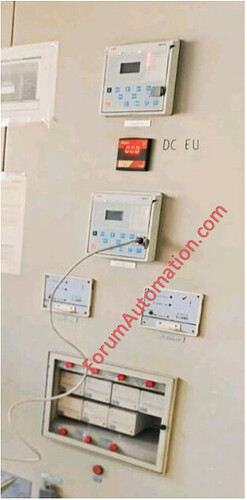What is a Transformer Differential Relay and How does it Work?
A transformer differential relay is a device designed to protect power transformers from internal defects such as
- Winding short circuits,
- Inter-turn faults, and
- Phase-to-phase faults.
It works on the idea of differential protection that compares the current entering and leaving the transformer.
Under typical working conditions, the input and output currents (after accounting for transformation ratio and phase shift) are equal & no differential current flows via the relay.
However, when an internal fault, the balance is upset resulting in a differential current that triggers the relay & trips the circuit breaker isolating the transformer from the system.
Modern differential relays include
- Harmonic restraint,
- Biasing and
- Percentage differential characteristics to prevent malfunctioning due to external faults (or) inrush currents.
This makes transformer differential relays extremely dependable and selective ensuring quick and effective protection of costly transformer assets.
You can also follow us on AutomationForum.co, Facebook and Linkedin to receive daily Instrumentation updates.
You can also follow us on ForumElectrical.com , Facebook and Linkedin to receive daily Electrical updates.
